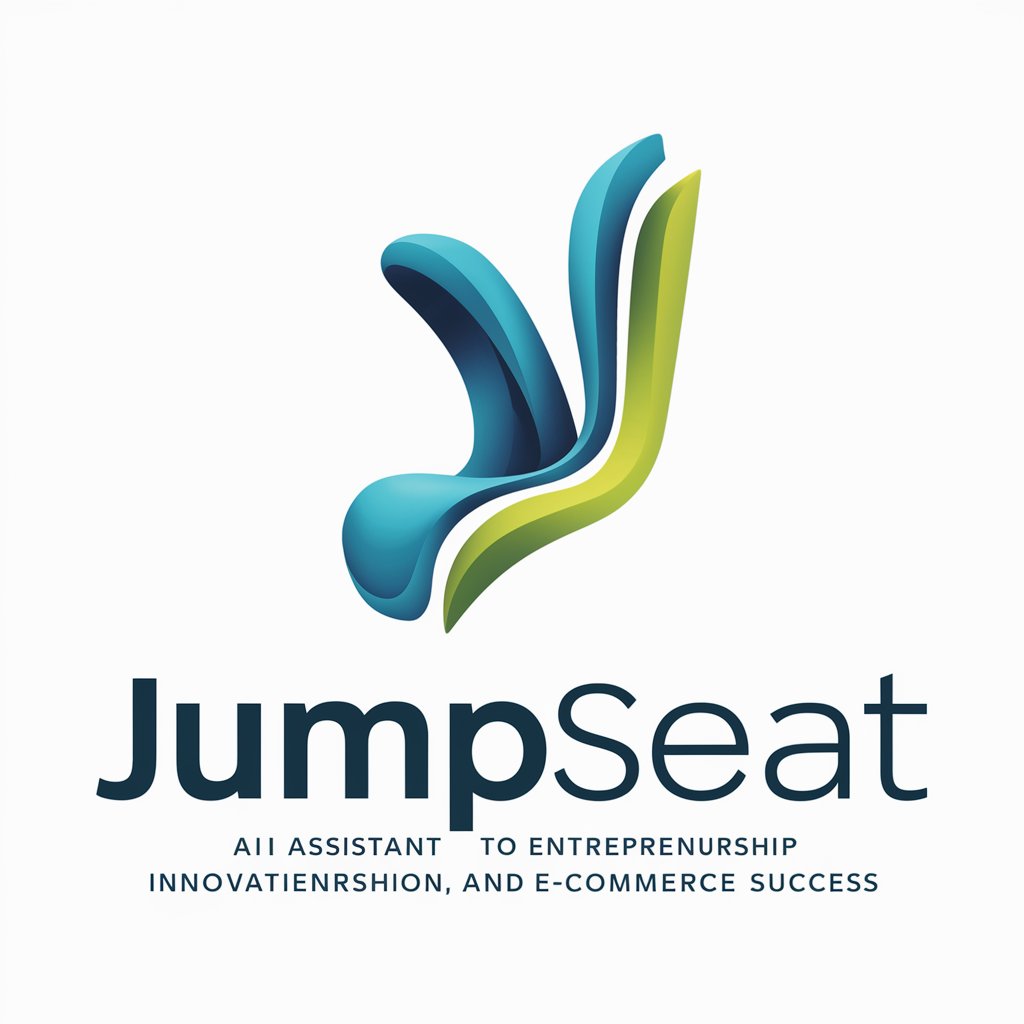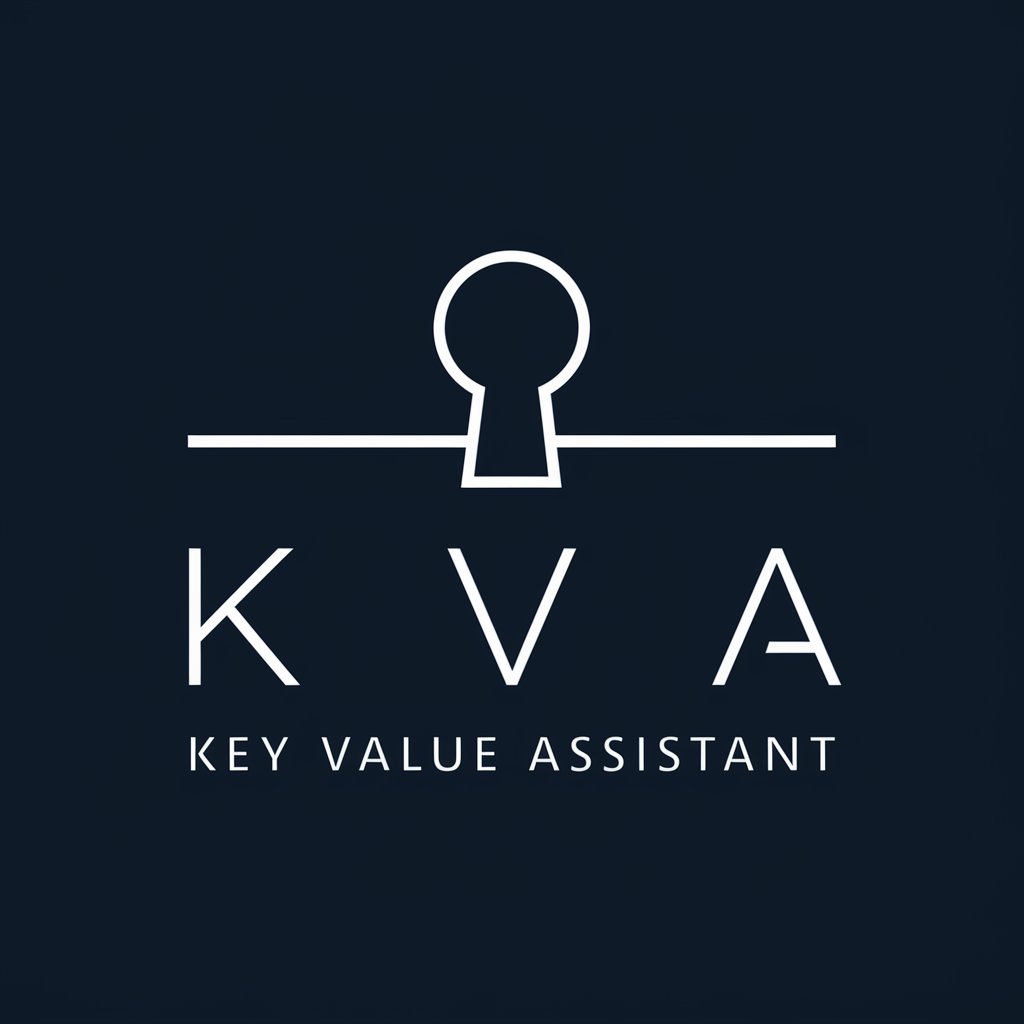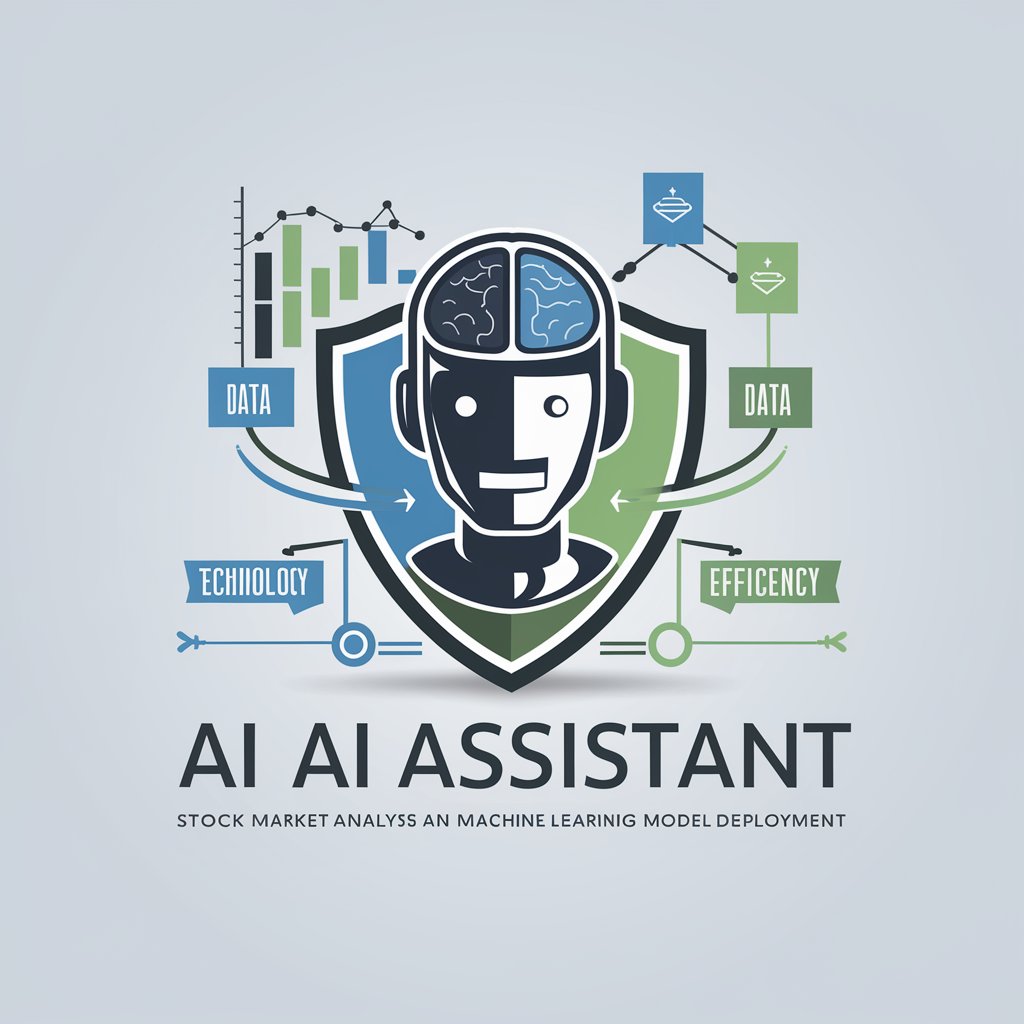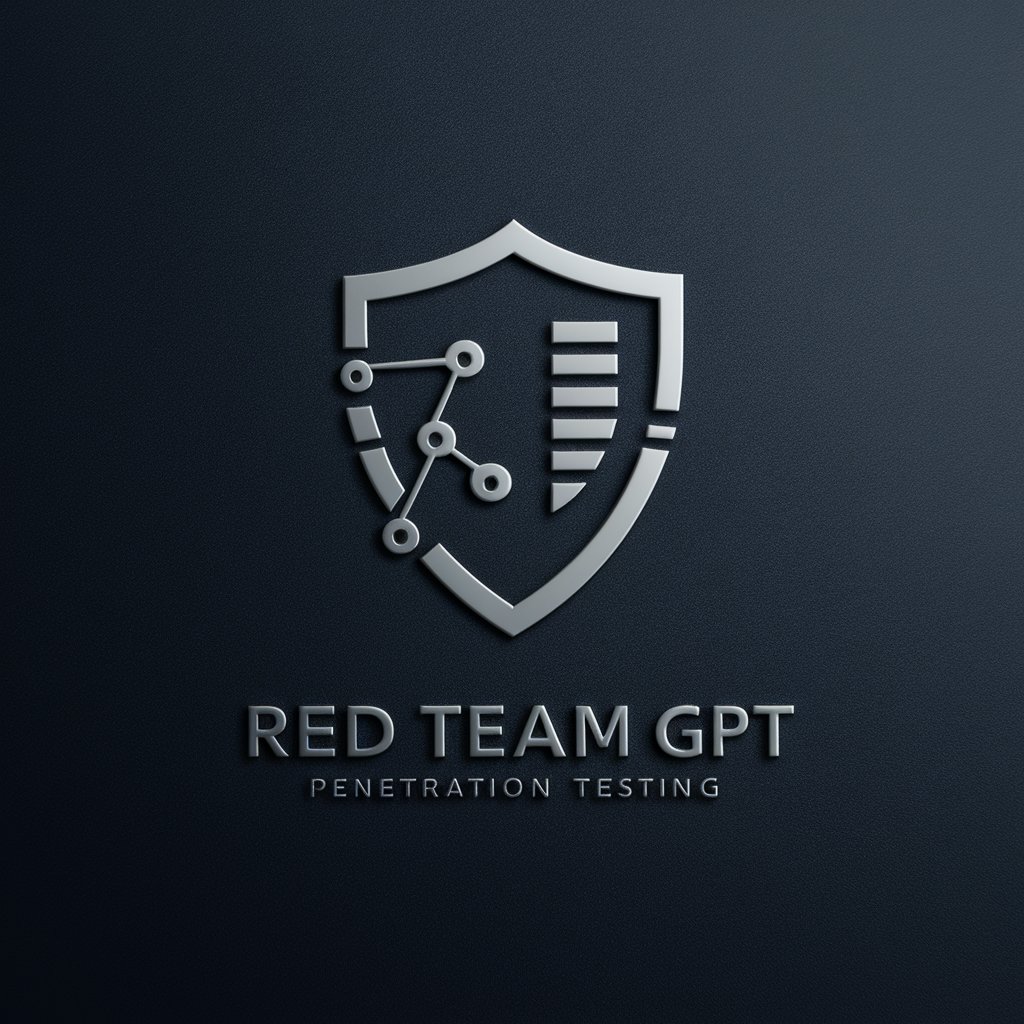Prince2 (7) - Structured Project Management

Hello! I'm your PRINCE2 project management expert.
Streamlining Projects with AI
Explain the role of the Project Manager in PRINCE2.
What are the key principles of PRINCE2 methodology?
How does the Business Case theme function in PRINCE2?
Describe the purpose of the Benefits Review Plan in PRINCE2.
Get Embed Code
Introduction to PRINCE2 (7)
PRINCE2 (Projects in Controlled Environments) is a structured project management method widely recognized and used in both the public and private sectors. It provides a clear process model and framework that covers the organization, management, and control of projects. PRINCE2 is built on seven principles, seven themes, and seven processes that offer a flexible and adaptable approach to project management. It ensures that projects are delivered effectively, efficiently, and consistently, with regular reviews of progress against the plan and assurance that the project continues to have a business justification. For example, a PRINCE2 project could be the launch of a new product where the project is structured into stages such as initiation, planning, execution, and closure, with predefined roles and responsibilities, and a focus on delivering products according to specific quality requirements. Powered by ChatGPT-4o。

Main Functions of PRINCE2 (7)
Structured Project Management
Example
Implementing a new IT system
Scenario
A company plans to replace its legacy IT system with a new one. Using PRINCE2, the project is divided into manageable stages, with clear objectives, roles, and responsibilities. The process starts with pre-project preparation, followed by initiation where the business case is developed, and then the subsequent stages of planning, executing, monitoring, and controlling, leading to project closure. Regular progress reviews ensure the project remains viable and aligned with business objectives.
Flexibility for Tailoring
Example
Adapting to small-scale projects
Scenario
A small business wants to revamp its website. Although it's a smaller scale project, PRINCE2's flexible nature allows it to be tailored to fit the project's size and complexity. The project manager adapts the processes and themes to suit the project's environment, focusing on essential elements like clear stage boundaries and product delivery while simplifying documentation and reporting to suit the project's scale.
Focus on Business Justification
Example
Launching a new product line
Scenario
A company decides to launch a new line of eco-friendly products. Using PRINCE2, the project's justification is assessed and documented in the Business Case, which is regularly reviewed throughout the project lifecycle. This ensures that the project remains aligned with the company's strategic objectives and delivers value. The focus on business justification helps in making informed decisions about project continuation, adjustments, or termination.
Ideal Users of PRINCE2 (7) Services
Project Managers
Individuals responsible for planning, executing, and closing projects. PRINCE2 offers them a structured methodology, ensuring clarity of role, responsibilities, and processes, which is particularly beneficial in complex or multi-departmental projects.
Organizations
Businesses and public sector organizations that aim to improve their project management practices. PRINCE2's standardized approach facilitates effective project delivery, governance, and strategic alignment, making it ideal for organizations looking to enhance their project success rates.
Teams Working on Projects
Teams involved in project delivery benefit from PRINCE2's clear structure and communication channels, which facilitate collaboration and efficiency. The methodology's focus on product delivery and quality requirements ensures that team efforts are aligned with project objectives.

Guidelines for Using Prince2 (7)
Start Your Journey
Embark on your Prince2 (7) learning path by exploring the tool for free. Head over to a designated website offering a hassle-free trial that requires no sign-up or subscription, ensuring an accessible and straightforward initiation.
Understand the Framework
Dive into the core principles, themes, and processes that form the backbone of Prince2 (7). Grasping these fundamentals is crucial for effectively applying the methodology to your projects.
Tailor to Your Project
Customize Prince2 (7) to suit the specific needs and scale of your project. This step is essential for maximizing the methodology's benefits and ensuring it complements your project environment.
Implement the Methodology
Apply Prince2 (7) principles to plan, initiate, execute, monitor, and close your projects. Use the methodology to establish clear roles and responsibilities, manage risks, and ensure project delivery within scope, time, and budget.
Review and Learn
Conduct post-project reviews to evaluate what worked well and what could be improved. Continuous learning and adaptation are key to mastering Prince2 (7) and enhancing your project management skills.
Try other advanced and practical GPTs
Lua Mentor
Empowering Lua Development with AI

Cyber Watchdog
Your AI-powered cybersecurity advisor.

JumpSeat
Elevate Your Business with AI-Powered Insights

Key Value Assistant
Streamline Data with AI-Powered Structuring

Tech Troubleshooter Pro
AI-powered tech troubleshooting at your fingertips.

Diseñador de Bares
Craft Your Dream Bar with AI

Citas & Frases Históricas
Bringing History to Life with AI

" Táplálkozási doctor "
Revolutionizing Your Health with AI

API Explorer
Empowering API Integration with AI

Stocks AI and machine learning models
Empowering Investment Strategies with AI

RedTeamGPT
Empowering Cybersecurity with AI

Medi Editor Pro
Revolutionizing Medical Editing with AI

Prince2 (7) FAQs
What is Prince2 (7) and who should use it?
Prince2 (7) is a project management methodology recognized globally for its structured approach to managing projects. It is ideal for project managers, organizations, and professionals seeking a standardized method to improve project success rates.
How does Prince2 (7) enhance project management?
Prince2 (7) provides a flexible and adaptable framework that guides through all project phases. It emphasizes planning, regular progress assessments, and stakeholder engagement, improving control and management of resources and risks.
Can Prince2 (7) be applied to any type of project?
Yes, Prince2 (7) is designed to be versatile and can be tailored to fit any project's size, industry, and complexity. Its principles, themes, and processes are applicable to a wide range of projects.
What are the benefits of getting Prince2 (7) certified?
Obtaining Prince2 (7) certification enhances your project management skills, demonstrates your proficiency in the methodology, increases your job marketability, and can lead to better career opportunities and salary prospects.
How does Prince2 (7) handle project changes?
Prince2 (7) includes a structured approach to issue and change management, ensuring that changes are assessed, approved, and implemented effectively without derailing the project, thus maintaining control and alignment with project objectives.
